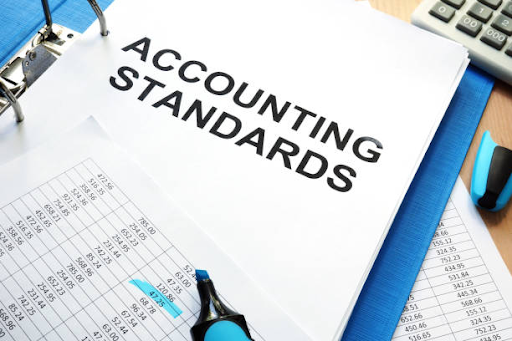
The landscape of lease accounting is witnessing notable transformations with the recent release of two accounting standards that directly influence the implementation of ASU 2016-02, the comprehensive standard that introduced Leases under Topic 842. ASU 2018-11 brings targeted improvements, while ASU 2018-10 focuses on codification improvements, collectively reshaping the way entities approach lease accounting.
Codification Improvements: Refining Lease Accounting Guidance
ASU 2018-10 introduces codification improvements that hone in on specific aspects of lease accounting guidance. These refinements are diverse, ranging from correcting errors in cross-references and illustrative guidance to removing inconsistent terminology and making minor clarifications to consolidating requirements. One noteworthy clarification involves the determination of the "rate implicit in a lease," stating explicitly that this rate is considered zero when its application results in a rate less than zero. These meticulous adjustments aim to enhance precision and consistency within the lease accounting framework.
Targeted Improvements: Embracing Broader Changes
ASU 2018-11, in contrast, brings about targeted improvements with a more expansive impact on lease accounting practices. One significant alteration is the introduction of an optional transition method for adopting the requirements outlined in Topic 842. Prior to this change, entities were obligated to adopt the new leases standard through a modified transition method, requiring initial application at the beginning of the earliest period presented in financial statements, with optional practical expedients. Under this model, lessees were mandated to recognize lease assets and liabilities for all leases, even if they had expired before the standard's effective date.
Recognizing challenges voiced by financial statement preparers regarding unanticipated costs and complexities associated with comparative reporting requirements under ASU 2016-02, ASU 2018-11 provides a remedy. Entities are now granted the option to apply the leases standard at the adoption date, accompanied by the recognition of a cumulative-effect adjustment to the opening balance of retained earnings in the period of adoption. This novel transition method alters the temporal aspect of compliance, specifying when an entity must initially apply the transition requirements without changing the fundamental application of those requirements.
Addressing Challenges: Optional Transition Method for Lessees
The introduction of the optional transition method serves as a response to the hurdles faced by financial statement preparers in adapting to the complexities of ASU 2016-02. Previously, the modified transition method necessitated recognition of lease assets and liabilities for all leases, regardless of their expiration before the effective date of the new standard. With the flexibility provided by ASU 2018-11, entities can now choose to align the adoption of the new standard with their specific circumstances, potentially mitigating unanticipated costs and complexities associated with earlier compliance.
Lessors' Practical Expedient: Streamlining Lease and Non-lease Components
Under ASU 2018-11, lessors are granted a practical expedient that aligns with a provision already available to lessees under ASU 2016-02. This expedient allows lessors not to separate lease and non-lease components, simplifying the accounting treatment. The alignment of practices for lessors and lessees enhances consistency and reduces the burden on lessors in determining and accounting for separate components within lease arrangements.
In essence, the targeted improvements introduced by ASU 2018-11 not only alleviate the challenges posed by the adoption of ASU 2016-02 but also offer a more flexible and pragmatic approach to compliance with the evolving lease accounting standards. The optional transition method provides financial statement preparers with the discretion to optimize the timing of adoption, reflecting a nuanced understanding of the practicalities involved in implementing complex accounting changes.
Looking Ahead: Embracing Flexibility and Consistency
As entities navigate the ever-evolving landscape of lease accounting, the recent standards, particularly ASU 2018-11, exemplify a commitment to refining and streamlining practices. The amendments introduced underscore the importance of flexibility in addressing the diverse needs and challenges faced by entities. By allowing entities to tailor their approach to compliance and aligning lessor practices with lessee provisions, these standards contribute to a more consistent and coherent lease accounting framework.
The introduction of ASU 2018-11 alongside ASU 2018-10 marks a pivotal moment in the journey towards effective and practical lease accounting standards. The optional transition method and practical expedient for lessors represent thoughtful responses to the complexities encountered by financial statement preparers, promoting a more tailored and adaptable path to compliance. As entities embrace these changes, the industry can anticipate a more streamlined, transparent, and user-friendly approach to lease accounting, fostering greater confidence in financial reporting practices.
